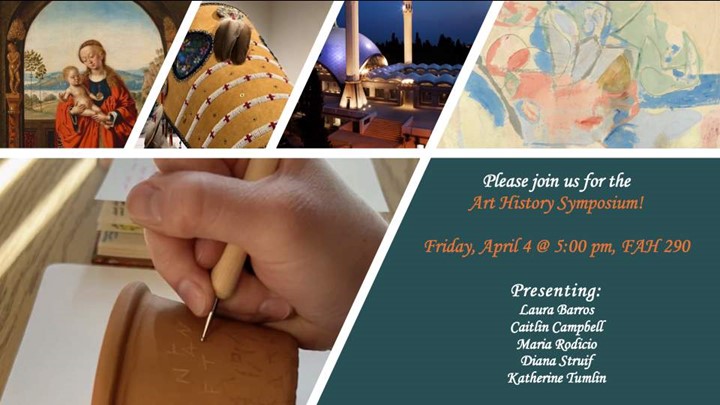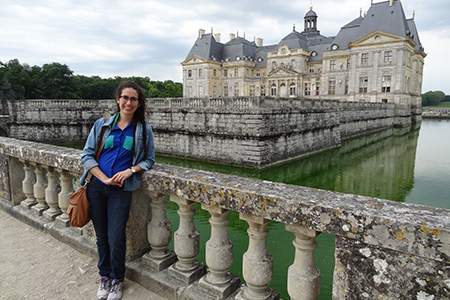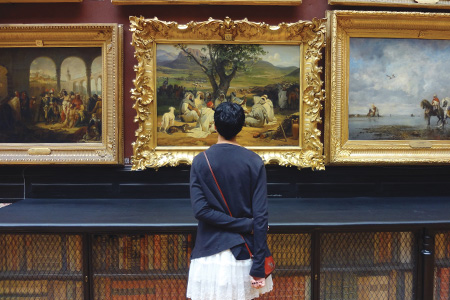Art History Symposium
Art History Symposium 2025 Awards


Undergraduate Program
Students interested in an undergraduate program, find out about the BA in Art History program details, curriculum and course offerings.

Graduate Program
Students preparing for graduate studies can learn about the MA in Art History program details, curriculum and course offerings.

Request Information
Students and families can also request more information about the School of Art & Art History’s programs by filling out the USF College of Design, Art & Performance’ online form.